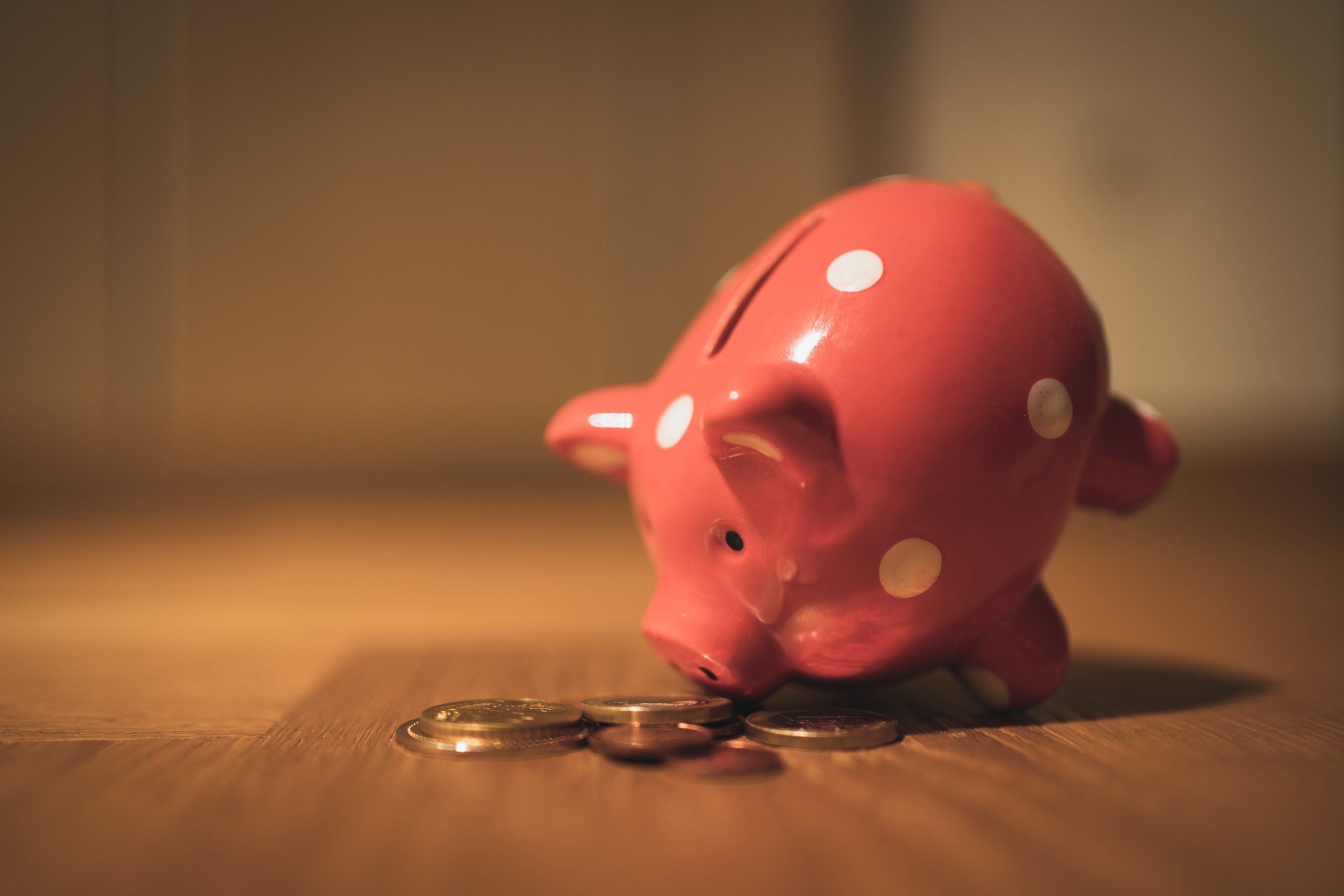Crisis in Sri Lanka
Indians associate Sri Lanka with the city of Lanka in Ramayana, made of solid gold and built by Lord Vishwakarma – the craftsman deity and the divine architect of the gods in Hinduism. For us, Lanka has always been a symbol of opulence and a power center.
Unfortunately, in the last few months, the island country of 22 million, is facing severe economic and political crisis, the worst since its independence in 1948.
Sri Lanka’s economy has been in free fall for months. In March-April 2022, it ran out of foreign exchange and defaulted on its external debt. The government’s foreign reserves came down to $50 million, which was alarming!
As a result, the imports are severely restricted. In August 2022, the Sri Lanka government announced a ban on the import of a wide range of 300 consumer products including food items and machinery.
The inflation and prices for staples such as rice, medicines, cooking gas continue to soar. Food prices are up by nearly 20% this year.
In March-April 2022, the country had to temporarily restrict the sale of even essential commodities such as fuel and fertilizers. This led to drop in food production and shutting of schools and offices.
According to the World Food Program, more than 6 million people — nearly 30% of Sri Lanka’s population — are currently facing food insecurity and require humanitarian assistance.
Overall, the citizens are distressed and, on the road, demanding protection of their civil, economic, and human rights.
Reasons for the situation can be attributed to a variety of reasons. Among them are:
- Bad policy and governance
- A collapse of tourism (a big source of foreign currency) and weak revenue from textiles and garments export during the pandemic
- Spiking commodity prices due to the Russia-Ukraine war (making imported fuel and food harder to afford)
- Depletion of Sri Lanka’s foreign-currency reserve and raised consumer-price inflation resulting from last few years of incessant borrowing to finance infrastructure projects, such as ports, which are yet to generate any revenue for the country
- Sri Lanka’s traditional debt addiction
The economic crisis also triggered a political crisis, when massive public protests led to the ouster of the Gotabaya Rajapaksa government who fled from the country, first to the Maldives and then to Singapore. In July, the elections were held, and Rani Wickremesingh was elected as the new President. The new government is facing a daunting task. They are planning a series of painful economic reforms to bring the country back.
Sri Lanka is nowhere close to being out of trouble yet. But the leaders and citizens of the country, friendly countries like U.S., and India, and international humanitarian organizations, are trying their best to help.
On September 2, 2022, the International Monetary Fund (IMF) reached a preliminary agree with Sri Lanka for a loan of about $2.9 billion, which will help restore the country’s macroeconomics stability and debt sustainability.
Proving itself to be an eternal and reliable friend, India, starting May, is sending ships laden with supplies like rice, lifesaving medicines, and milk powder to improve food access and nutrition for the people of Sri Lanka. India, this year alone, has supported Sri Lanka with $3.5 billion to help the people of Sri Lanka overcome the crisis. Japan also provided $1.5 million through World Food Programme (WFP) for essential food ration and school meal program. The United States is also providing around $70 million in assistance to support food security in Sri Lanka.
The next few months are critical for Sri Lankans as they rebuilt their country and economy. Meanwhile, the country is ready to welcome back the tourist as tourism is the backbone of Sri Lanka’s economy. Let us hope they do and do it soon!
My Take
Sri Lanka has had a lot on its plate recently. However, due to the efforts made by its own people and the international community, things are improving. I feel that Sri Lanka must listen to its people and tend to their immediate needs. Also, international aid and diplomacy can only take you this far. It is people and the government who must come together! The government needs to maintain a balance between being authoritative enough to make people cooperate and flexible enough to give people confidence that this is how they reach their rightful place in the world again-as a country known for its opulence and culture.


You have assessed what ails Srilankan economy quite rightly as it’s a moment of crisis for the island nation and the solution given by you is also practical.
This is an excellent analysis. Keep up the good work.
Awesome shivam. Long way to go . Best wishes.
Dear Shivam,
Very Good,
Very well explained the Past & presents of Sri Lanka. The best part is your introduction about the Sri Lanka
Sri Lanka should understand :
Games the game